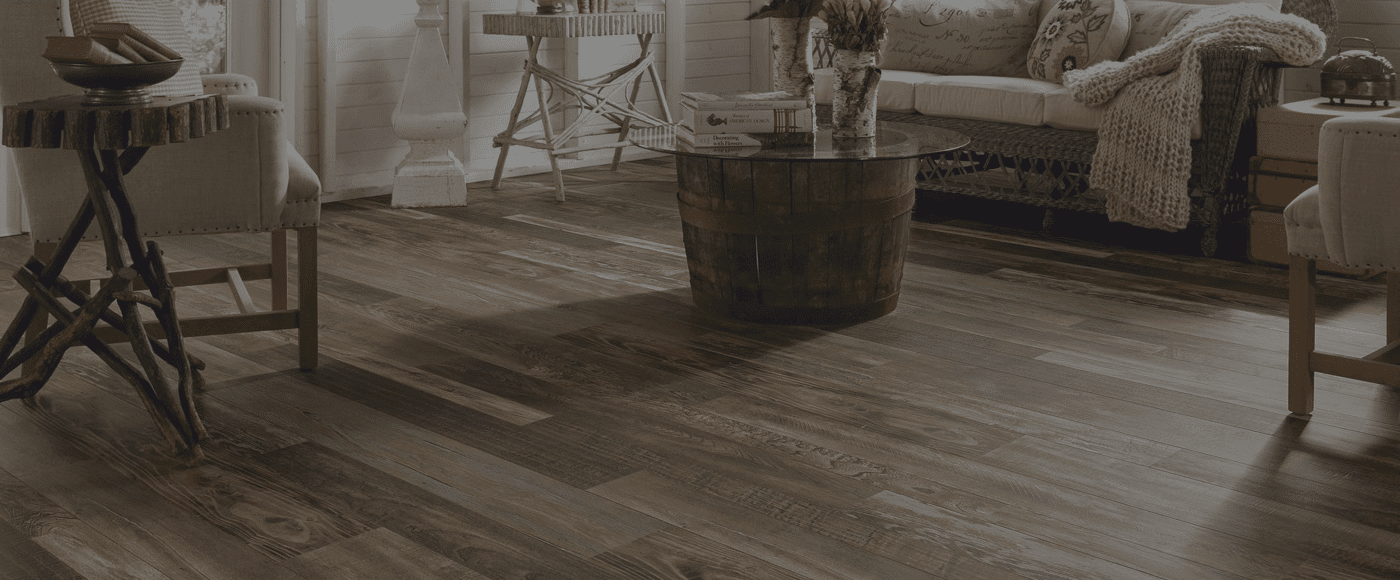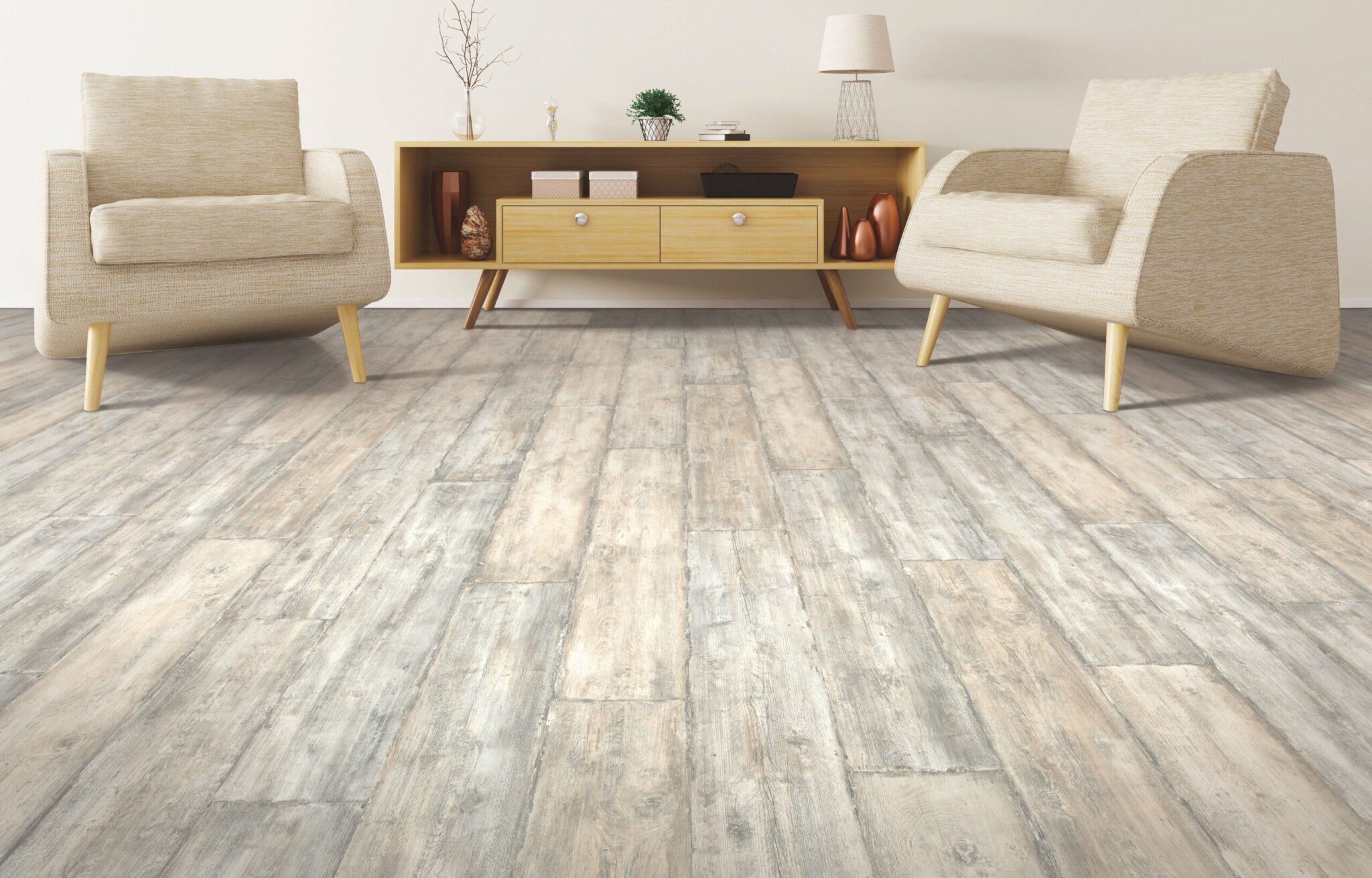
How Subflooring Impacts Your Installation

You might know a bit about the type of floor you want installed, but you may not know very much about the construction underneath it. It’s important that your contractor understands exactly what he’s working with to give you not only a beautiful floor, but a floor that will stand the test of time.
For instance, did you know that asbestos was commonly used in vinyl tile made prior to 1978? That’s an important thing for your installer to know, for certain! It’s likely that your home was built while asbestos was still in use in flooring materials and it’s important that your subfloor is tested before any tile is removed. Removing old tiles with asbestos can result in asbestos dust in your home, which poses an obvious and serious health risk, especially to small children.
At 1woodfloors.com, we have certification in lead abatement and know how to safely deal with toxic materials. We also know how to work with all types of subflooring.
TYPES OF SUBFLOOR—WHAT WE’RE WORKING WITH
- CDX plywood is the preferred subfloor, since plywood is considered the best subfloor to install over. For hardwood flooring, floor joists should not be more than 18 inches apart—manufacturers generally won’t warranty unless this is the case.
- OSB is chipboard, and a lot of new construction homes (1990 and later) used it because it reduced building cost. OSB doesn’t hold a fastener as well as CDX plywood, so you would choose a strip floor over a plank floor because you’ll have more fasteners to hold your floor. This floor is acceptable for any type of installation (floating, nail down, or glued down).
- With concrete floors, it’s very important to perform a moisture test. If you’re on grade, you have options to install many different types of floors. If you’re below grade, you can only have an engineered or laminate floor. You should not install solid wood below grade because moisture will damage the wood. Numerous types of vapor barriers or membranes can be put down on concrete to protect the flooring on top by preventing any moisture from coming out of the concrete and affecting the flooring.
- Lightweight fire-rated concrete is common in condos and townhomes. We recommend floating floor over that or a secondary recommendation is glued down. Glued down is not ideal; if you have to replace anything, it will probably mean pulling up the concrete, too.
Are you ready to have 1woodfloors.com assess your subfloor and guide you in choosing your best wood flooring installation? Contact us to get a free quote.








